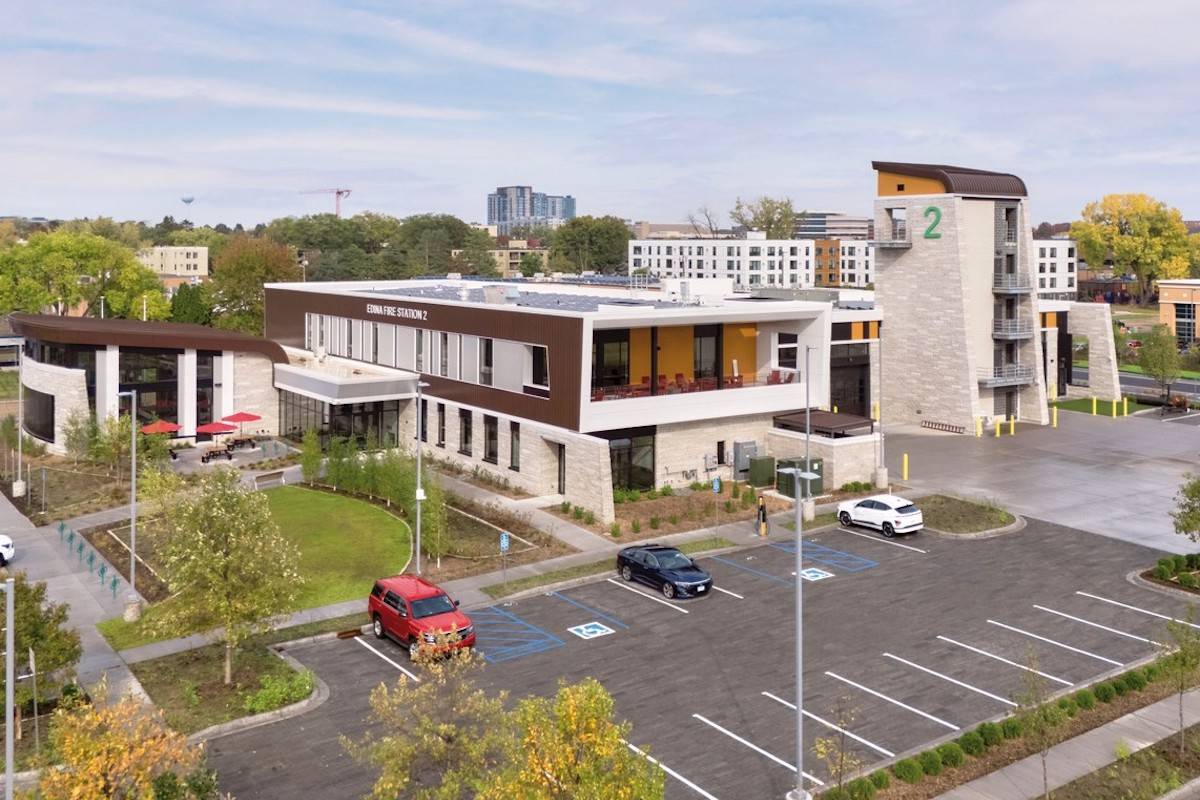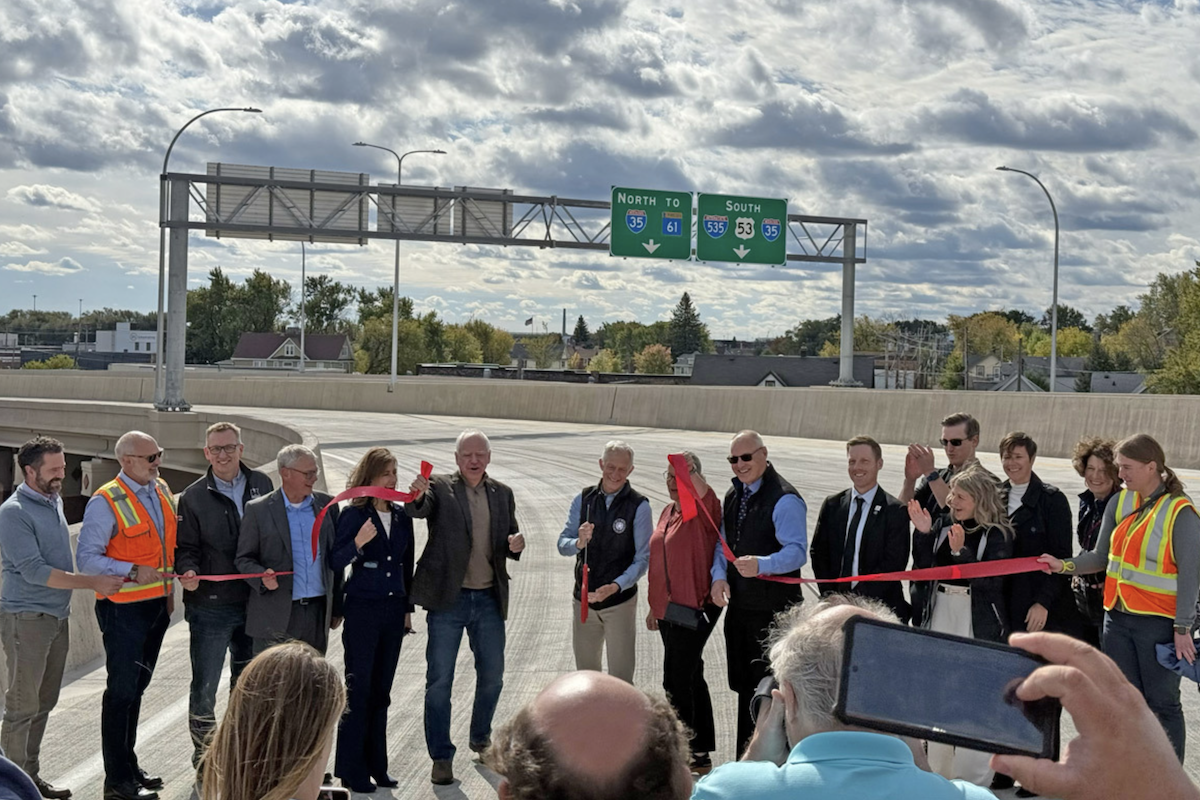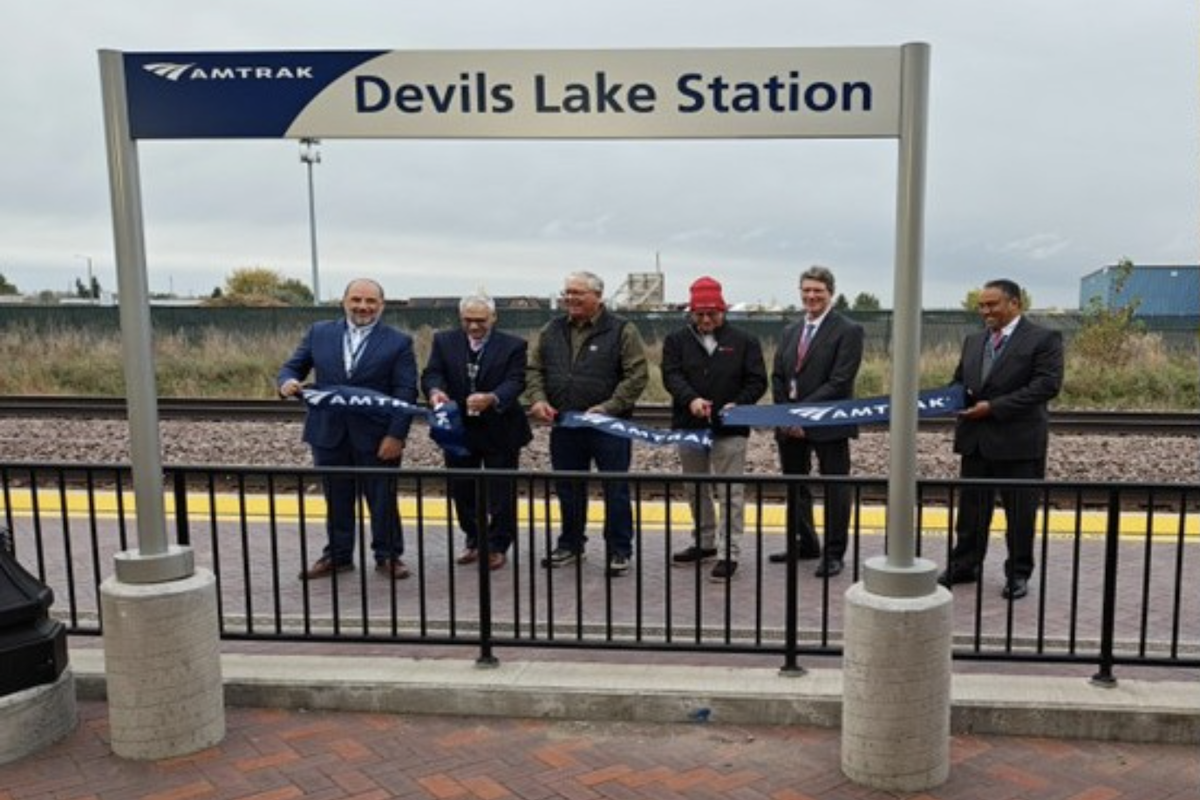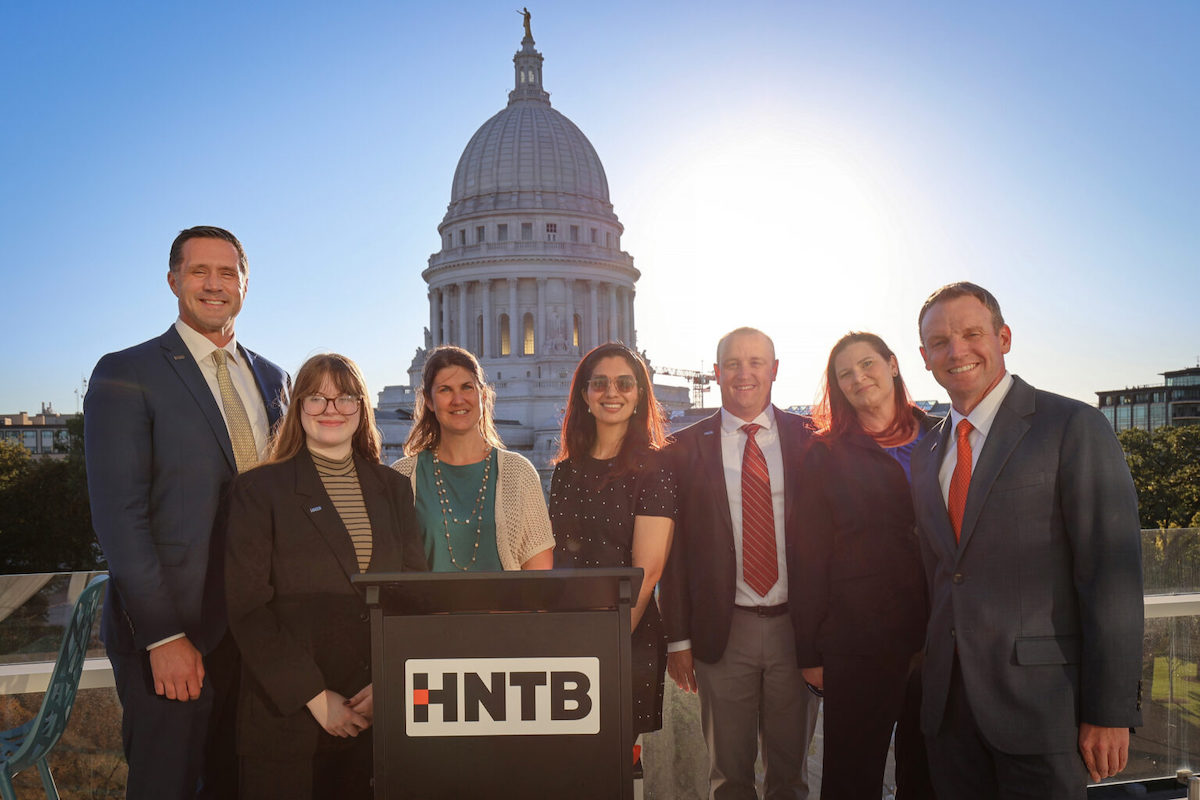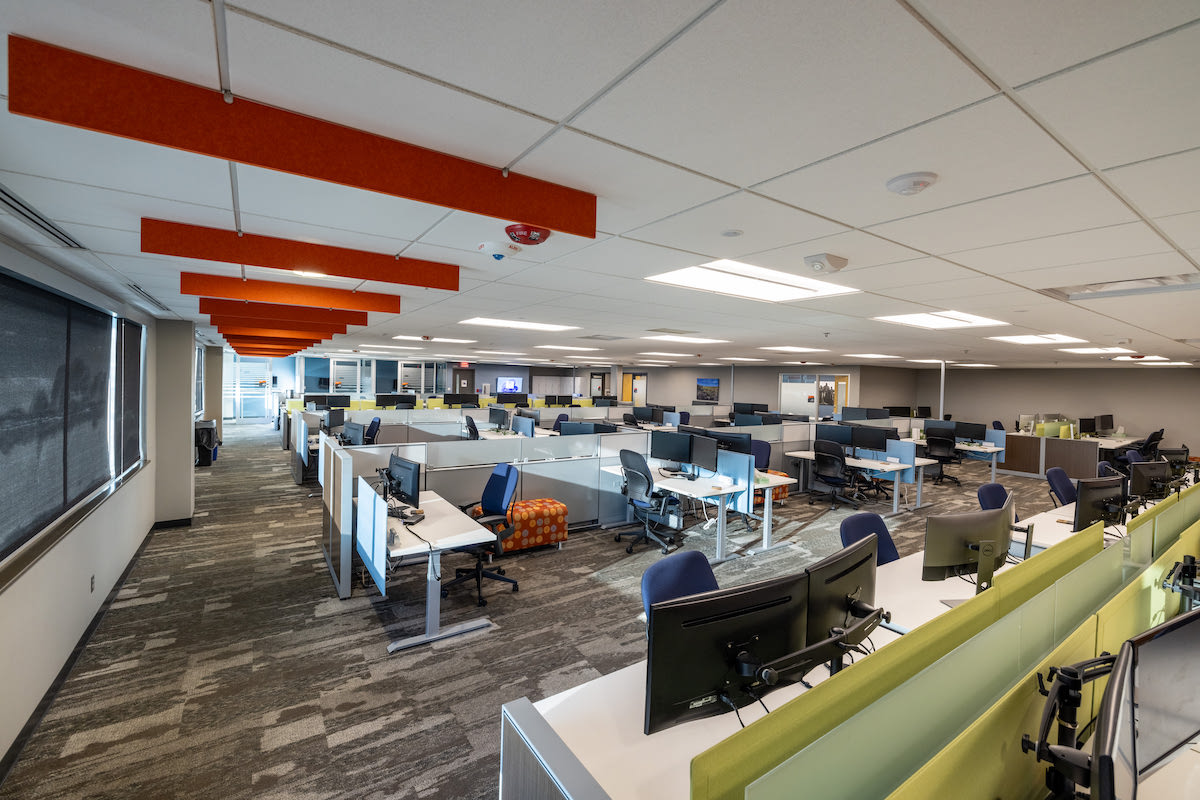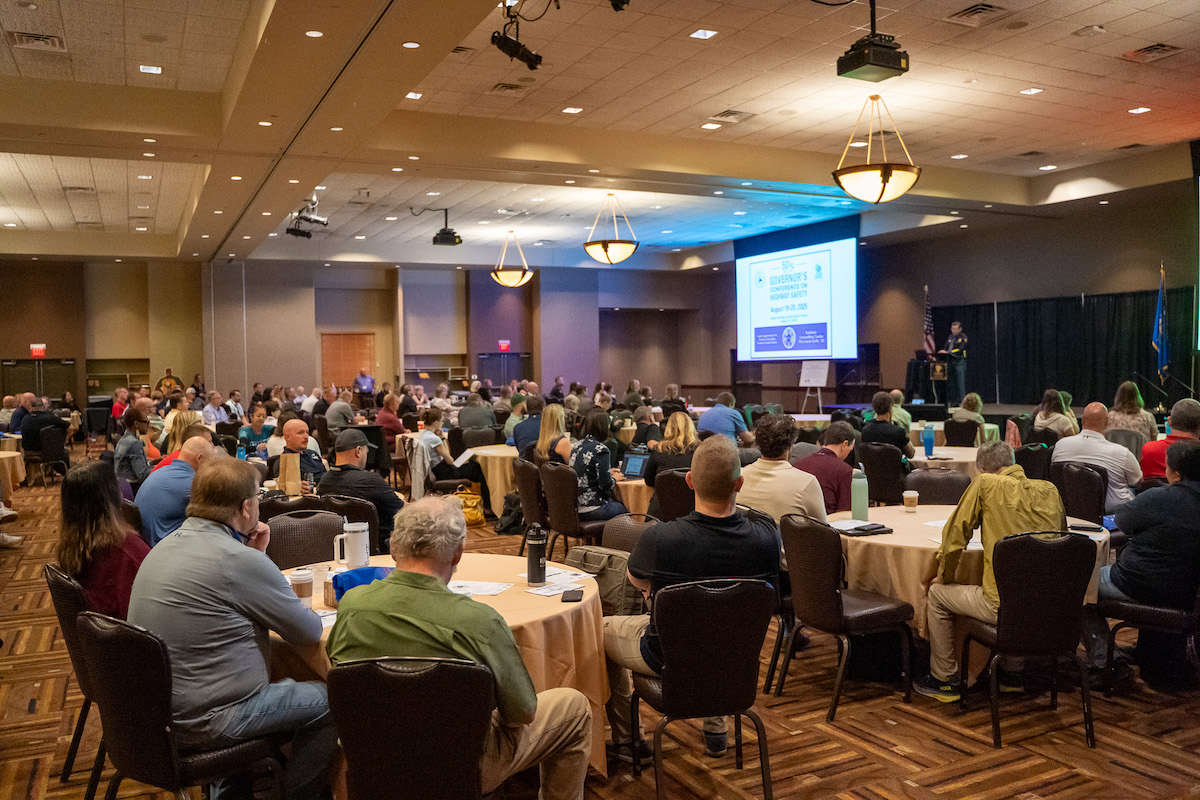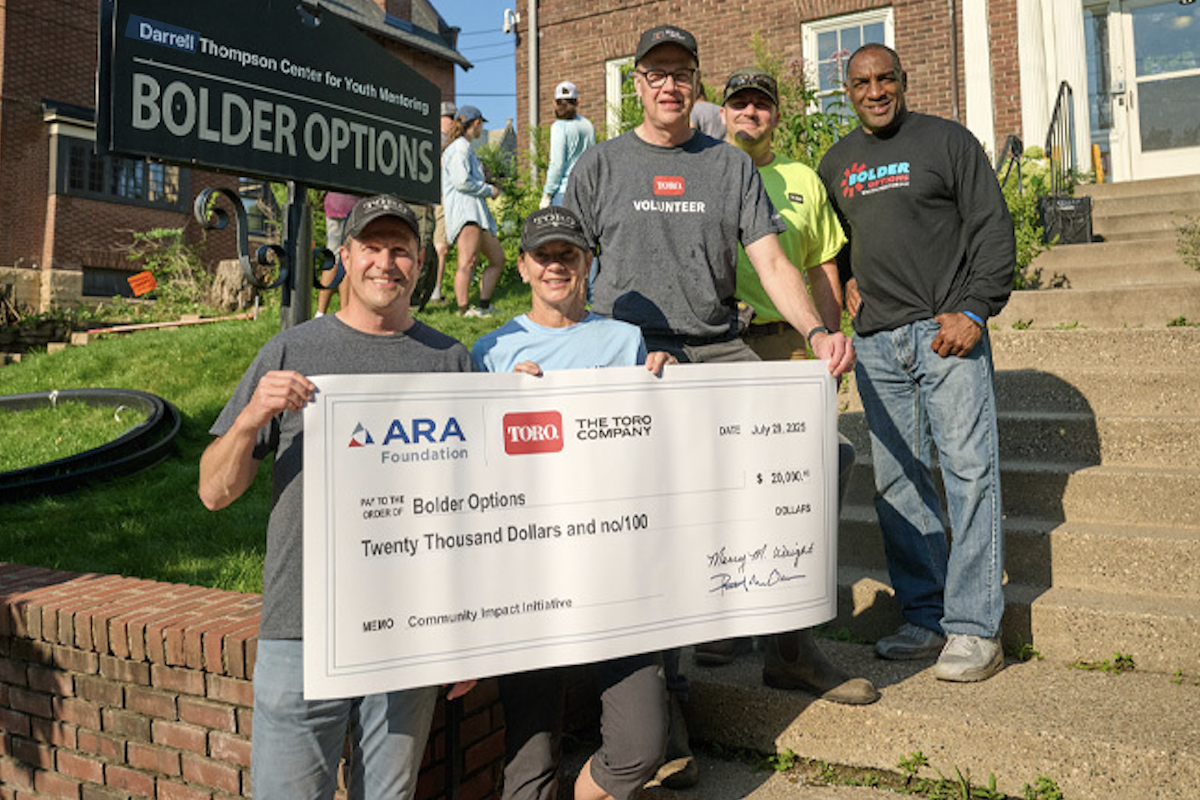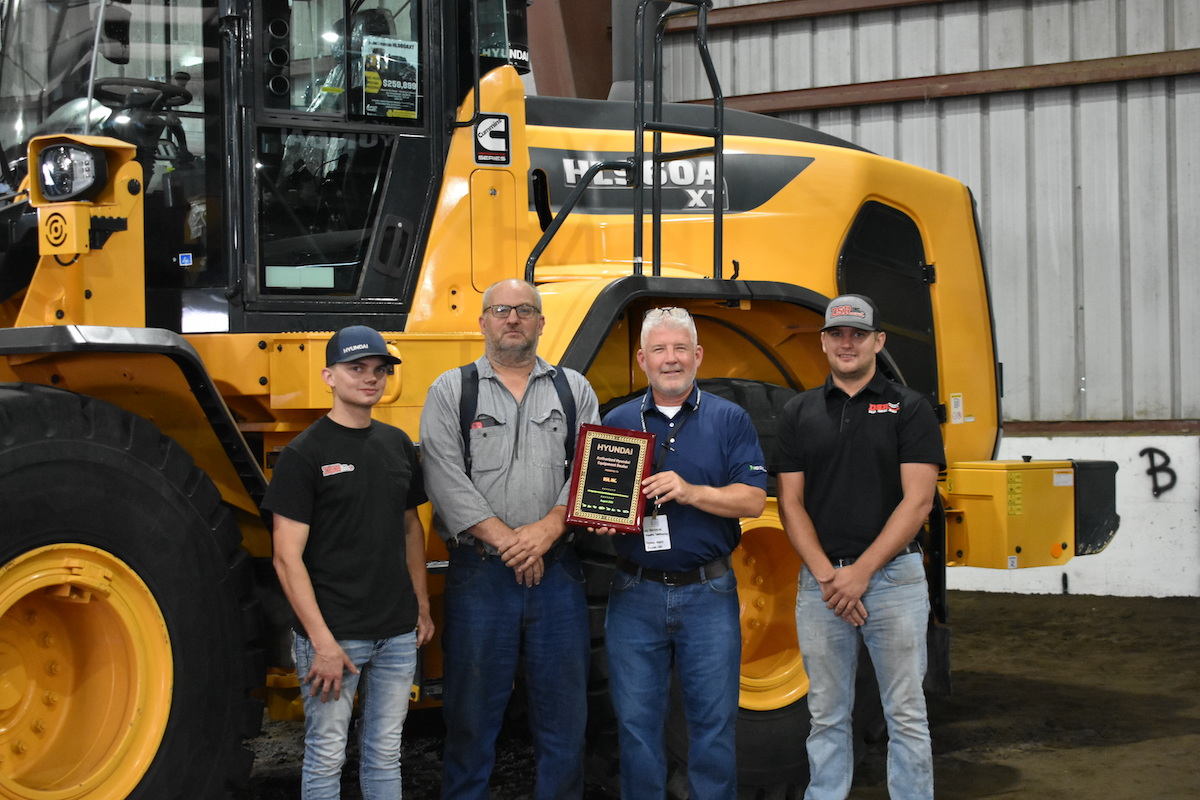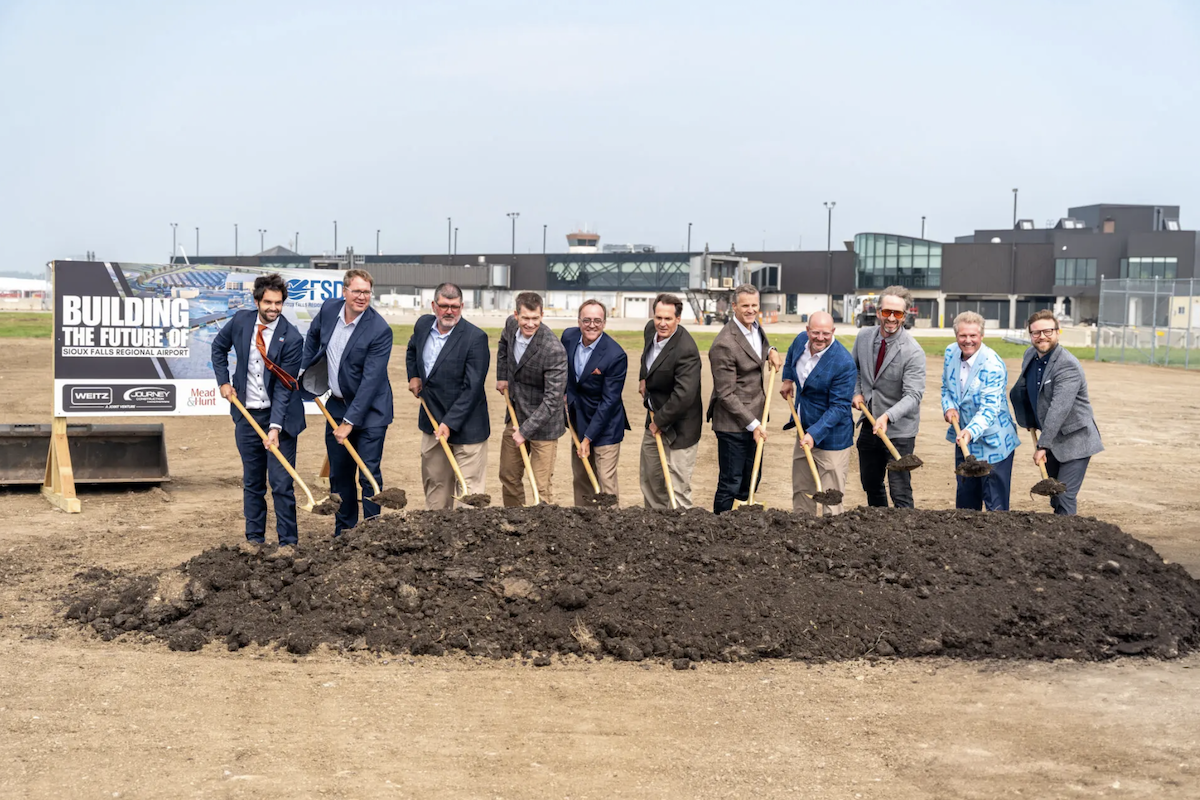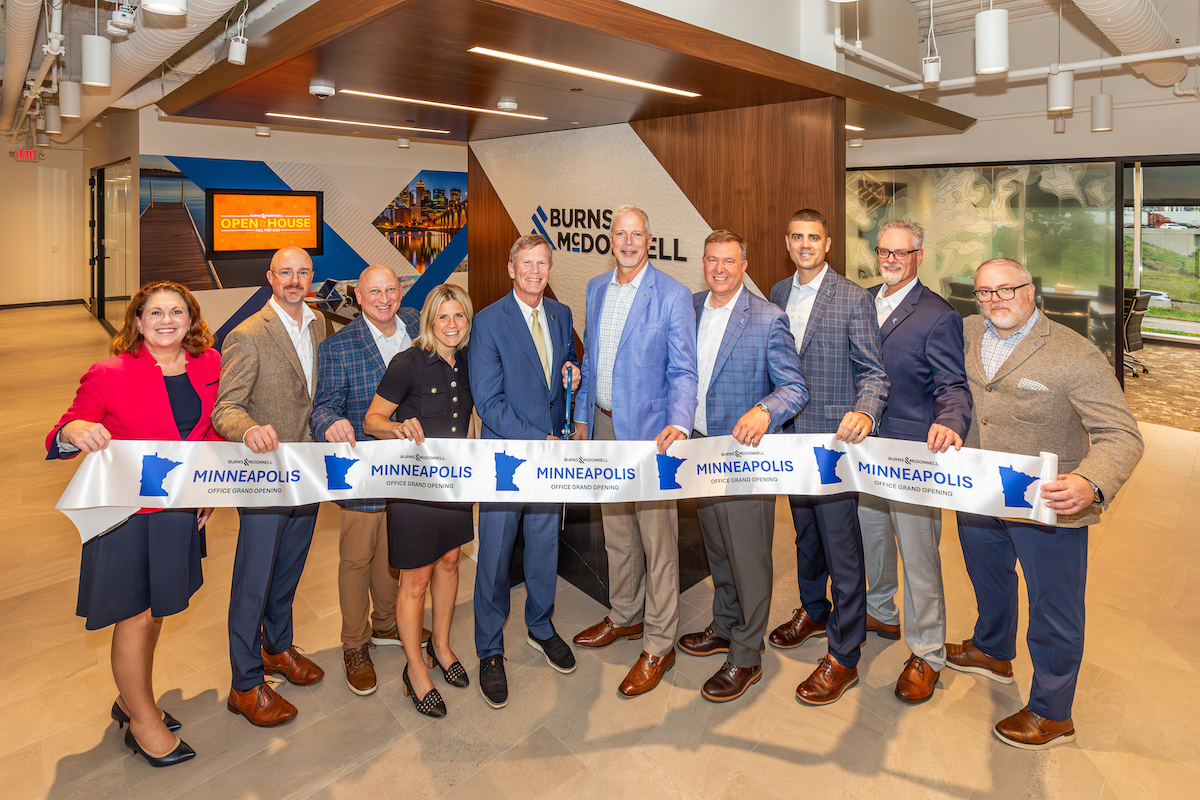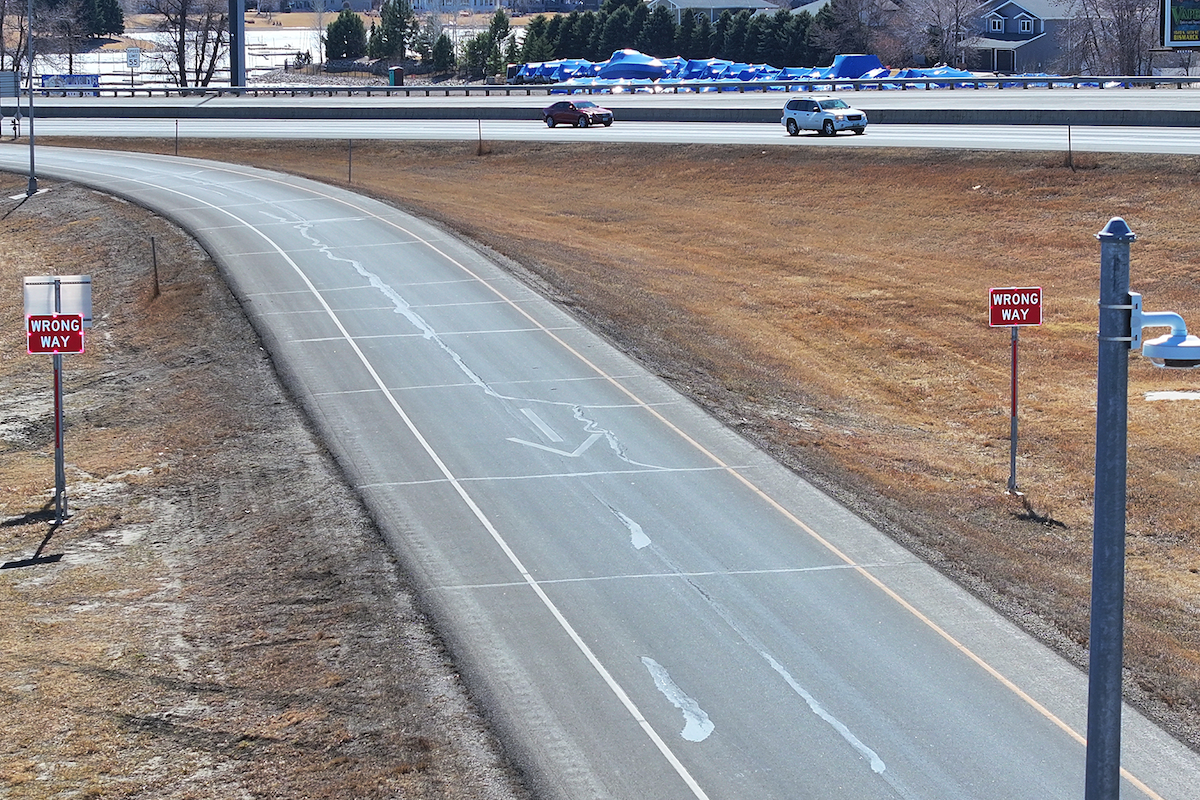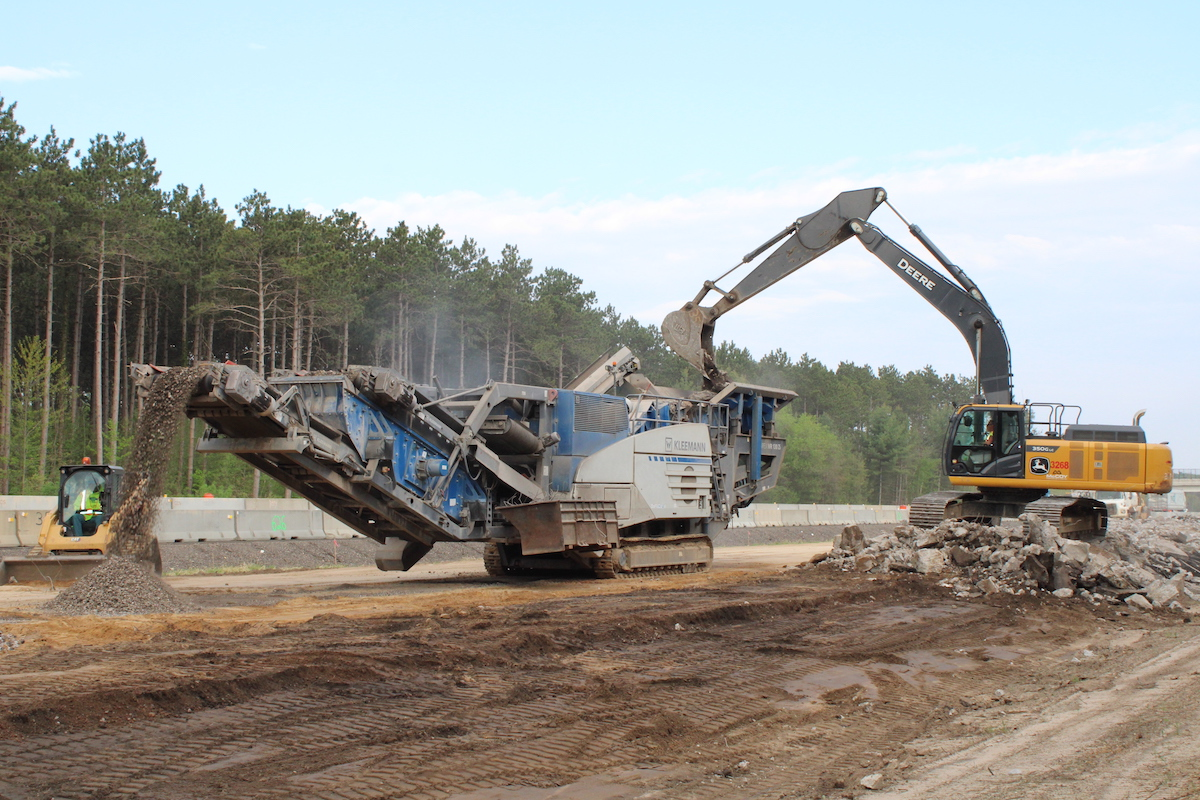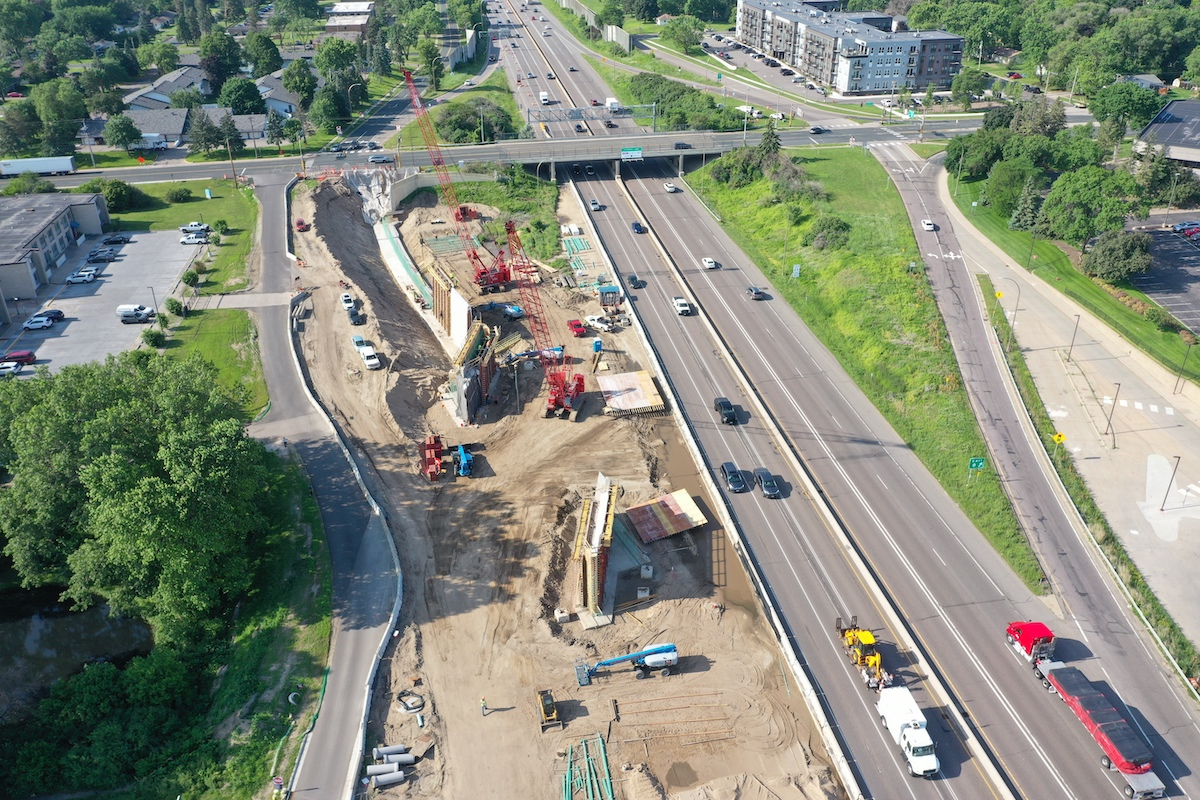“This was a safety initiative,” says Kathleen Fuller, Spokesperson for the Ohio DOT. “Within the funds available, this was a good solution to undertake to improve traffic flow and safety.”
About 33,000 vehicles drive on this section of the four-lane road daily, with traffic estimated to increase to 40,000 by 2038.
“It increases capacity for the area,” says Adam Treiber, ODOT Project Engineer and Construction Area Engineer.
The community of Beavercreek wanted something done to improve the road for some time, as crashes at intersections increased. Studies concluded the department needed to change the route to a limited-access facility, but funding required consideration of less expensive options.

| Your local Gomaco dealer |
|---|
| Hayden-Murphy Equipment Co |
| Swanston Equipment Co |
That led the department to develop a superstreet, which removes at-grade crossings. The Ohio DOT has created several superstreets and drivers have adjusted well to the new configurations, says Liz Lyons, a Public Information Specialist at ODOT.
“We are doing a lot more of these throughout Ohio,” Fuller says.
“Left turns are the dangerous ones, and the left-hand turns are where you get bad accidents,” Treiber says.
As motorists on side streets, Factory Road or Orchard Lane, approach U.S. 35 intersection, they will have to turn right. A median will prevent crossing U.S. 35 or a left turn. After turning right, the motorist will have to drive a short distance and then make a legal U-turn at a crossover with a signal.
“From there they can go straight to the intersection they just came from or turn right onto the road they wanted to go straight through,” Treiber says.

| Your local Komatsu America Corp dealer |
|---|
| Road Machinery and Supplies Company |
Superstreets are similar to Restricted Crossing U-Turns (RCUT), except they have signals to help with traffic management on a four-lane, high-traffic roadway.
The Federal Highway Administration reported in an October 2009 Techbrief that “The RCUT intersection appears to offer substantial safety advantages over conventional intersections” and an “up to a 30-percent increase in throughput.”
Burgess & Niple of Cincinnati, Ohio, provided the engineering. Design began in 2019 and completed in early 2020, says Rob Lichter, Project Manager for John R. Jurgensen Co.
Utility relocations began immediately, with construction of temporary pavement and temporary signals starting in the spring of 2020, he added.
“It’s an interesting project, because the traffic pattern at the end is not traditional,” Lichter says. “There are unique elements to it that you don’t see on any other project, such as the big turnarounds that occur at the signalized intersections, and there are large concrete traffic islands.”

| Your local Volvo Construction Equipment dealer |
|---|
| Nuss Truck & Equipment |
The DOT decided to use the design-build delivery method to speed up the project and enable the contractor to coordinate the utility work relocations.
“The utilities and traffic added a little complexity to the project,” Treiber says. Lichter agreed that keeping the traffic flowing was a challenge.
Last year, crews widened to the outside in both directions. The team also began widening the bridge at Beaver Creek on both sides. The bridge has a new deck and parapets. Some work took place in the water, during approved times.
Crews from subcontractor Shelly & Sands of Zanesville, Ohio, built a causeway, a temporary access road, and a temporary access bridge over Beaver Creek. Then they added false decking and platforms to work off of while completing the new piers and pier footers. The team placed a coffer dam to create a dry workspace. When the substructure was complete, last spring, a crane lifted the steel beams into place. “Everything fit up well,” Treiber says.
This year, with the outside complete, traffic shifted to the new pavement to start work on the inside lanes, median and drainage, with under drains and catch basins. Water from the median will be shunted to ditches on the outside of the roadway, where it will pass through some riprap and a filtration trench before entering the creek. Guard rails and fencing also were installed.

| Your local Trimble Construction Division dealer |
|---|
| SITECH Northwest |
Later this year or in 2022, Ohio DOT will put traffic in the final configuration, place a surface course of asphalt and complete the new signals.
The contractor has a survey department, which deployed GPS on the job.
Treiber reports that a superstreet is no more difficult to construct than a traditional intersection. However, it requires securing additional right of way for the U-turns.
Department officials have worked closely with businesses along the route and with city officials and other stakeholders.
The entire team – the department, contractors and designers – worked closely to ensure a successful job.

| Your local Link Belt dealer |
|---|
| Hayden-Murphy Equipment Co |
“It has been a good project, for the department and for us,” Lichter said. “We have been able to work through anything that popped up…We try to communicate and stay in touch so projects are built in the best manner possible.”
The project has proceeded with few hiccups or complaints from motorists or businesses along the route. It remains a safe job, on budget and ahead of schedule, Treiber says. Crews took most of the winters off but some fencing and electrical work was completed. Throughout the COVID-19 pandemic, crews wore masks, sanitized equipment between employees and social distanced.
“It’s a complex project, and we’ve been able to keep it on track,” Treiber concludes. “When we put everyone in the new configuration, it will be cool and will flow well. Everyone is excited to see what it will look like.”
Photos courtesy of the Ohio Department of Transportation

















